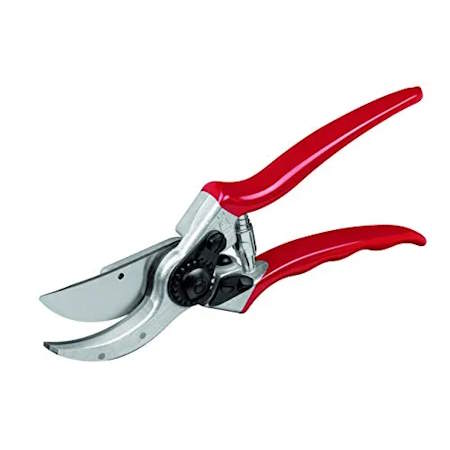It's not too late to cut these perennials back for a flush of fall flowers – 6 popular plants to trim this month
Gardeners in warmer climates can get late blooms to enjoy by carefully cutting back these perennials now
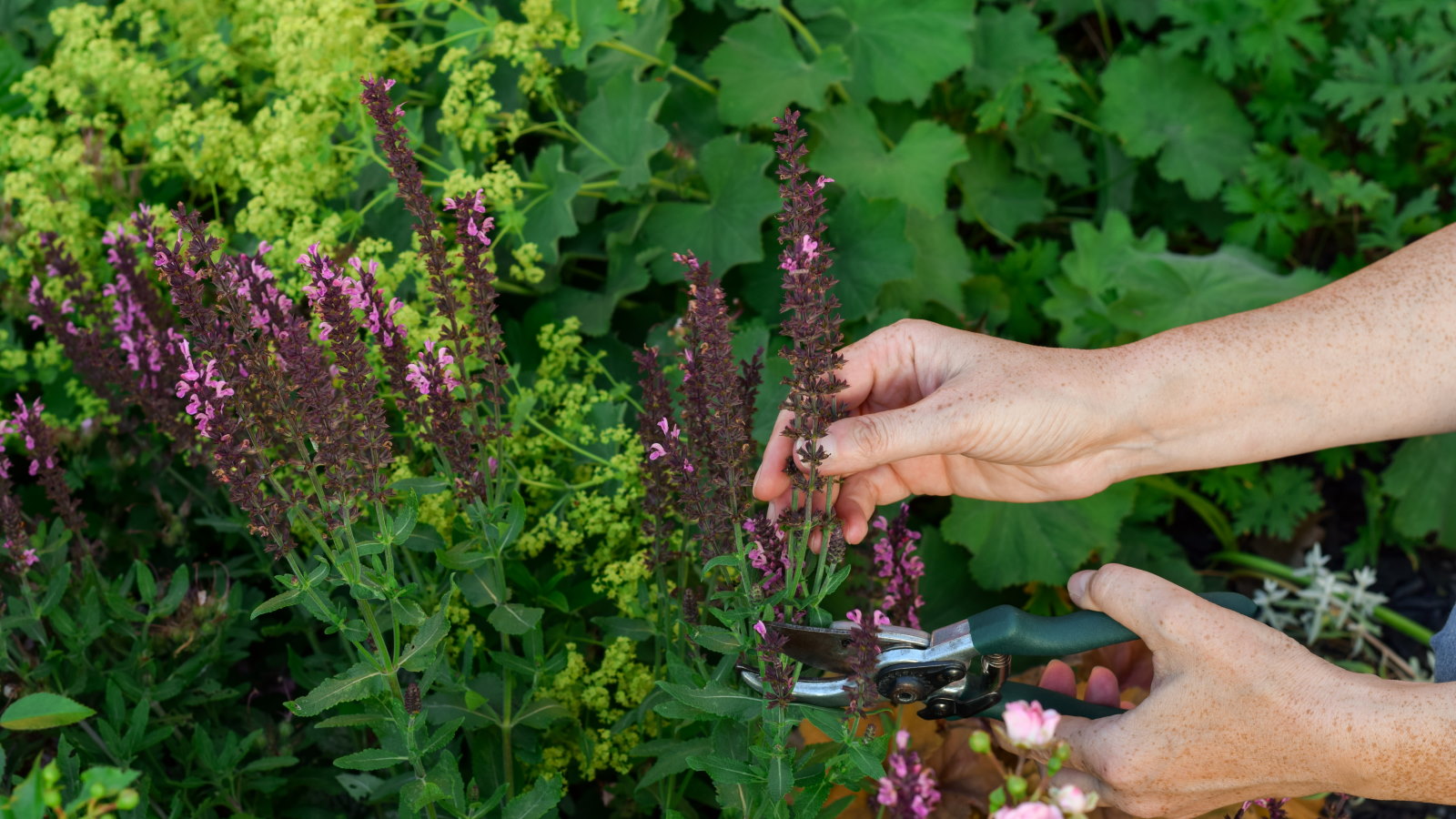

A garden is full of abundance come August. Summer-flowering perennials will be putting on a fantastic display of blooms that can be prolonged through regular deadheading as the season progresses.
Some perennials may not follow the script, straggly growth may droop over paths or lawn edges and the plants may be past looking at their peak. However, all is not lost, as some perennials can be trimmed in August to encourage one last flush of late flowers to enjoy.
Whether or not cutting back this month means fall flowers will depend on your US hardiness zone. Gardeners in warmer climates with longer seasons can enjoy later blooms than others and benefit most from adding cutting back perennials to a late summer gardening checklist.
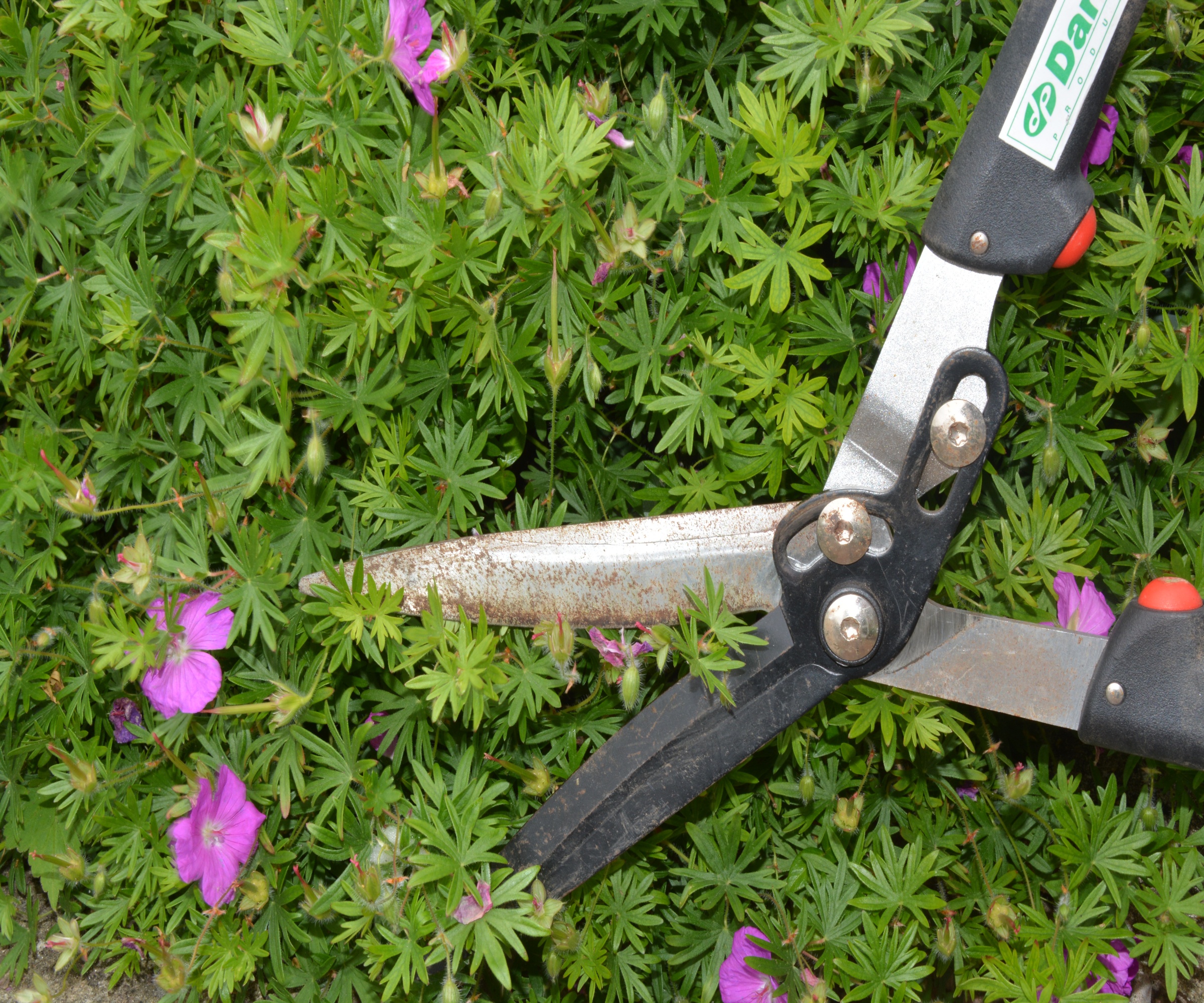
6 perennials to cut back for fall flowers
While there are many long-flowering perennials that you can prune in August, not all plants can be trimmed this month. Refrain from trimming plants that should not be pruned in summer, including perennials such as potentillas and begonias, and it is recommended to trim lightly if you want to be rewarded with fall blooms. With that in mind, here are six perennials you can cut back this month.
1. Alchemilla mollis
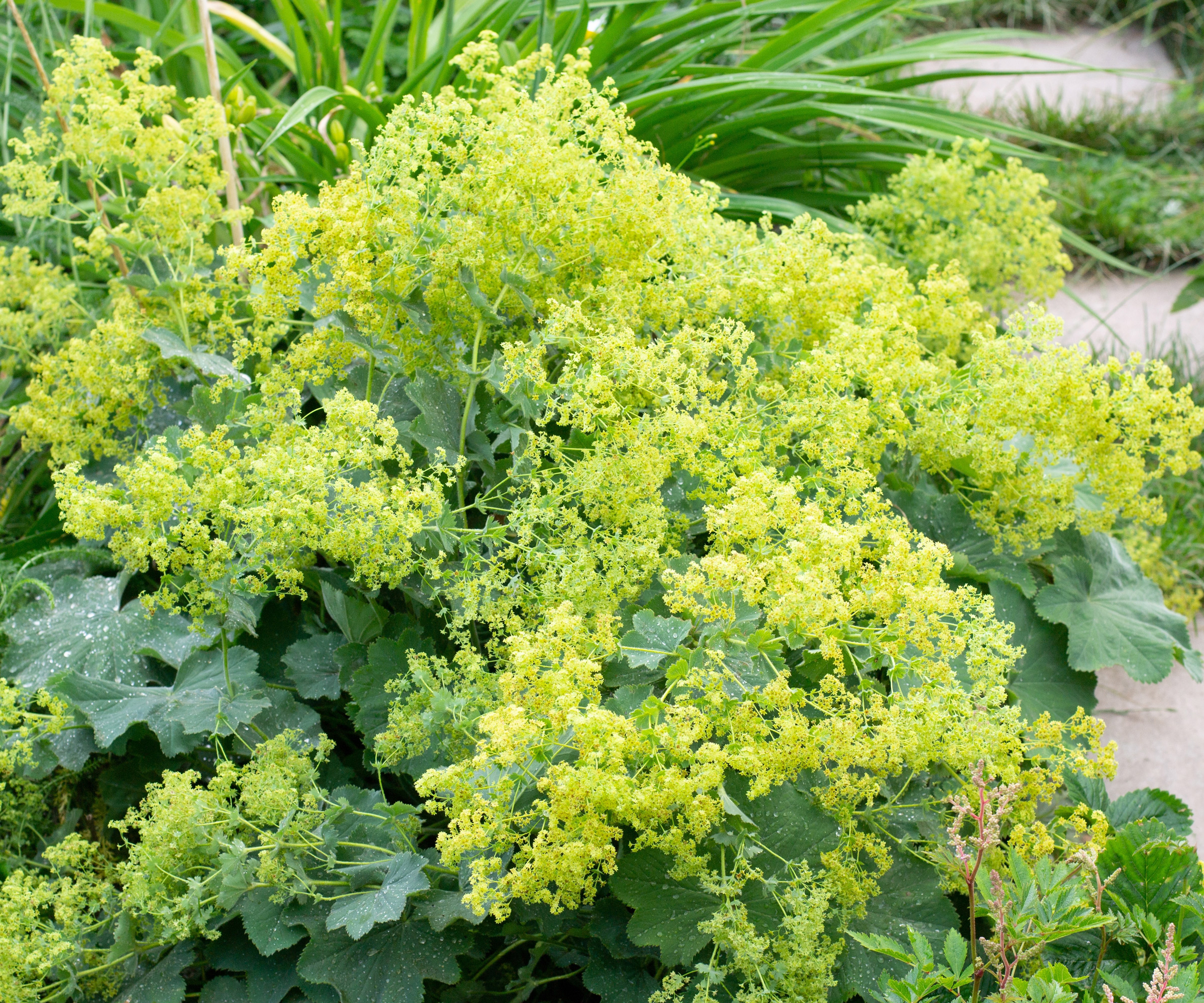
Alchemilla mollis is also commonly referred to as ‘lady’s mantle’. This clump-forming perennial has soft and scalloped light green leaves topped with frothy lime-green flowers come summer. They are great perennials for ground cover and simple flowering plants that will reliably regrow every year.
Come August, the plant can start to look a little bit tired. As they are fast growers, cutting alchemilla mollis to the base can encourage a fresh batch of leaves and flowers to develop. Cutting the plant back will also prevent this self-seeding flower from spreading.
2. Bronze Fennel
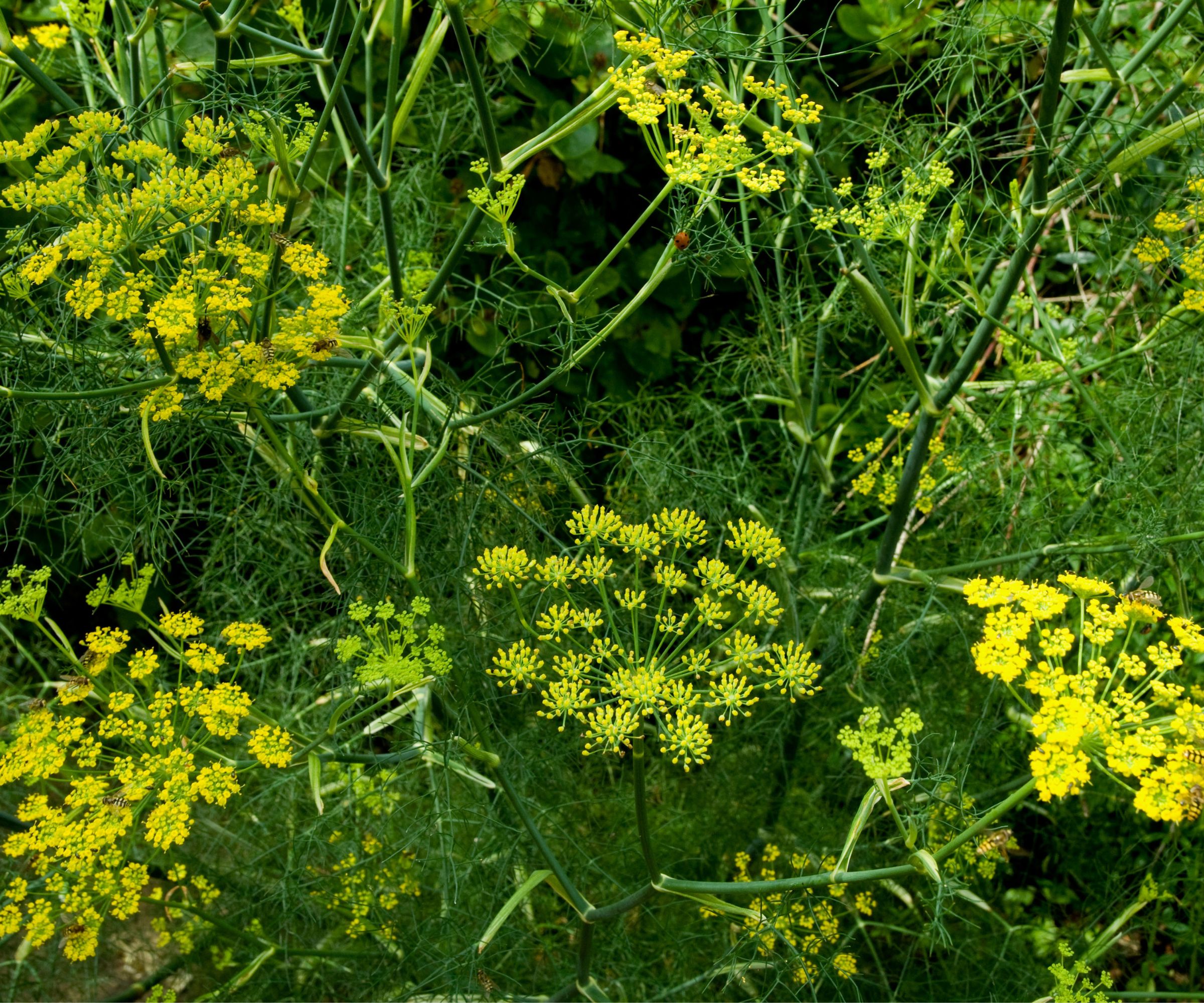
Bronze fennel is a perennial aromatic herb that reaches six feet tall and is grown for edible leaves and seeds - but it also has glorious flowers in summer and works in flower beds. It is a fantastic plant for pollinators as bees, butterflies, and other pollinators will visit its umbels of yellow flowers in droves.
To harvest leaves you can take individual leaves, or cut entire stalks and this productive plant will grow fresh stalks. Cutting back in August will prevent the plant from self-seeding around the garden, provide a harvest of leaves, and can give you another flush of these flat-topped blooms to enjoy.
3. Coreopsis
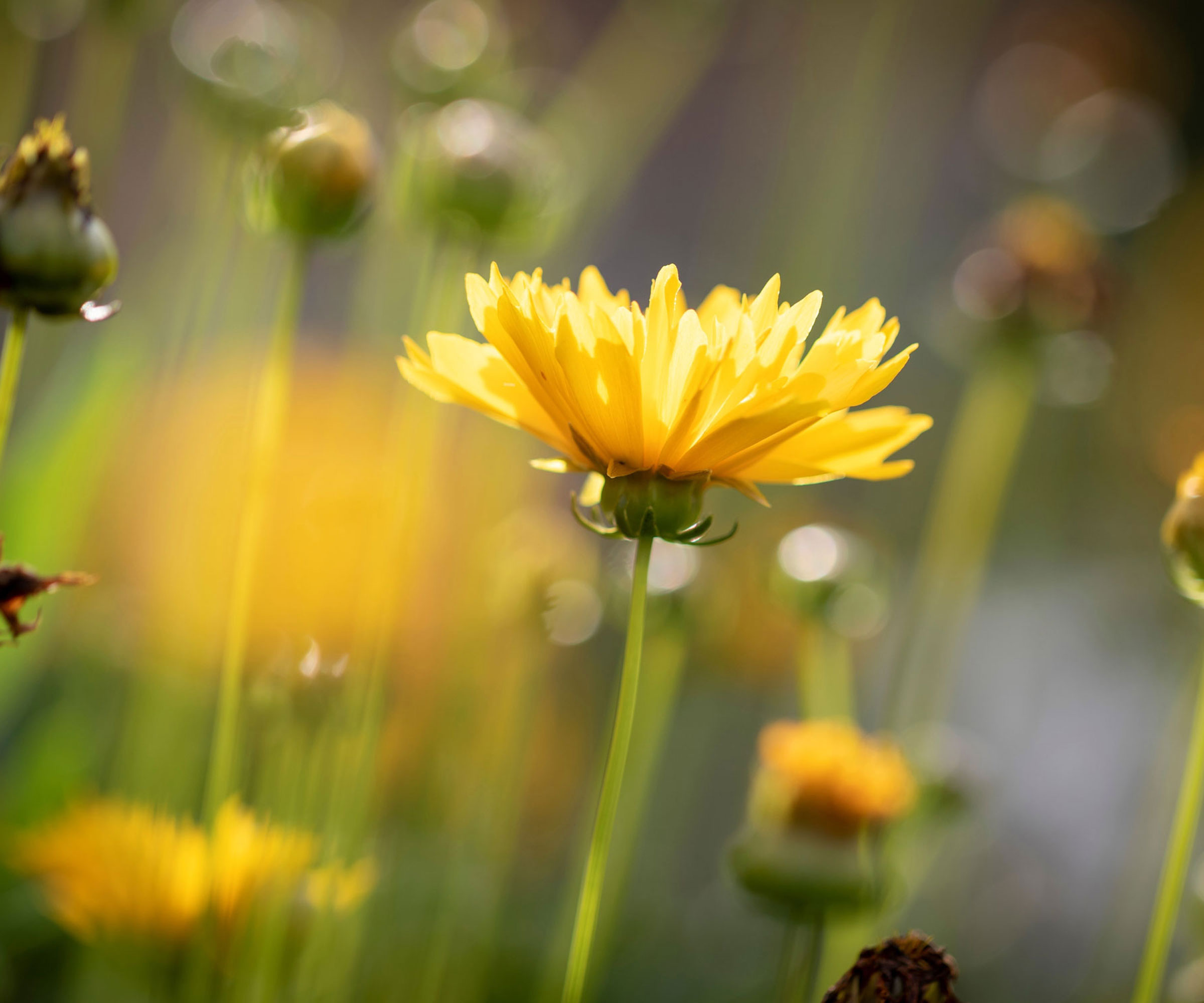
Coreopsis is a long-flowering and low-maintenance perennial. Also known as ‘tickseed’, coreopsis is a native plant that produces daisy-like flowers that can come in a variety of colors. The plants can be deadheaded to prolong the flowers or be rejuvenated and encouraged to rebloom by being cut back during summer.
Pruning back by around a third during the season can stimulate the production of fresh stems and fall blooms. This can reinvigorate any leggy or straggly plants and, by cutting back sections during the summer, will keep the perennial neat and reward you with a long flowering season.
4. Delphiniums
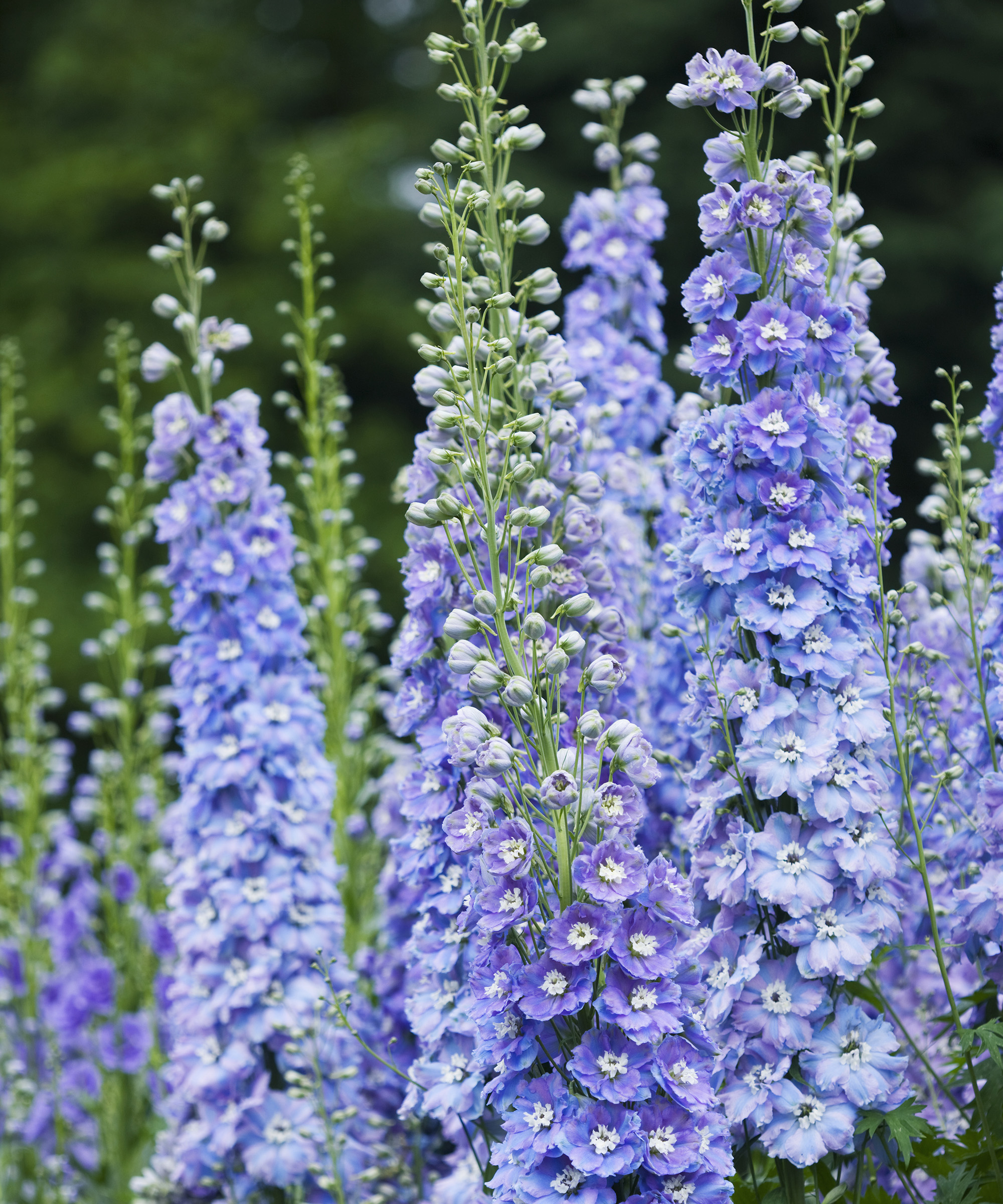
Delphiniums always impress with their tall spikes of colorful blooms. A staple in a cottage garden border, the delphinium towers towards the sky in June or July.
That main flush can start to look past its best come midsummer and cutting back delphiniums can encourage a second set of smaller flower spikes. It is common to deadhead in July once the flowers fade, but cutting back delphiniums after they finish flowering come August can still work in warmer climates.
Cut the flower stalks back to around two inches from the ground and, to help further the likelihood of new blooms, feed plants with potassium-rich fertilizer.
5. Hardy geraniums
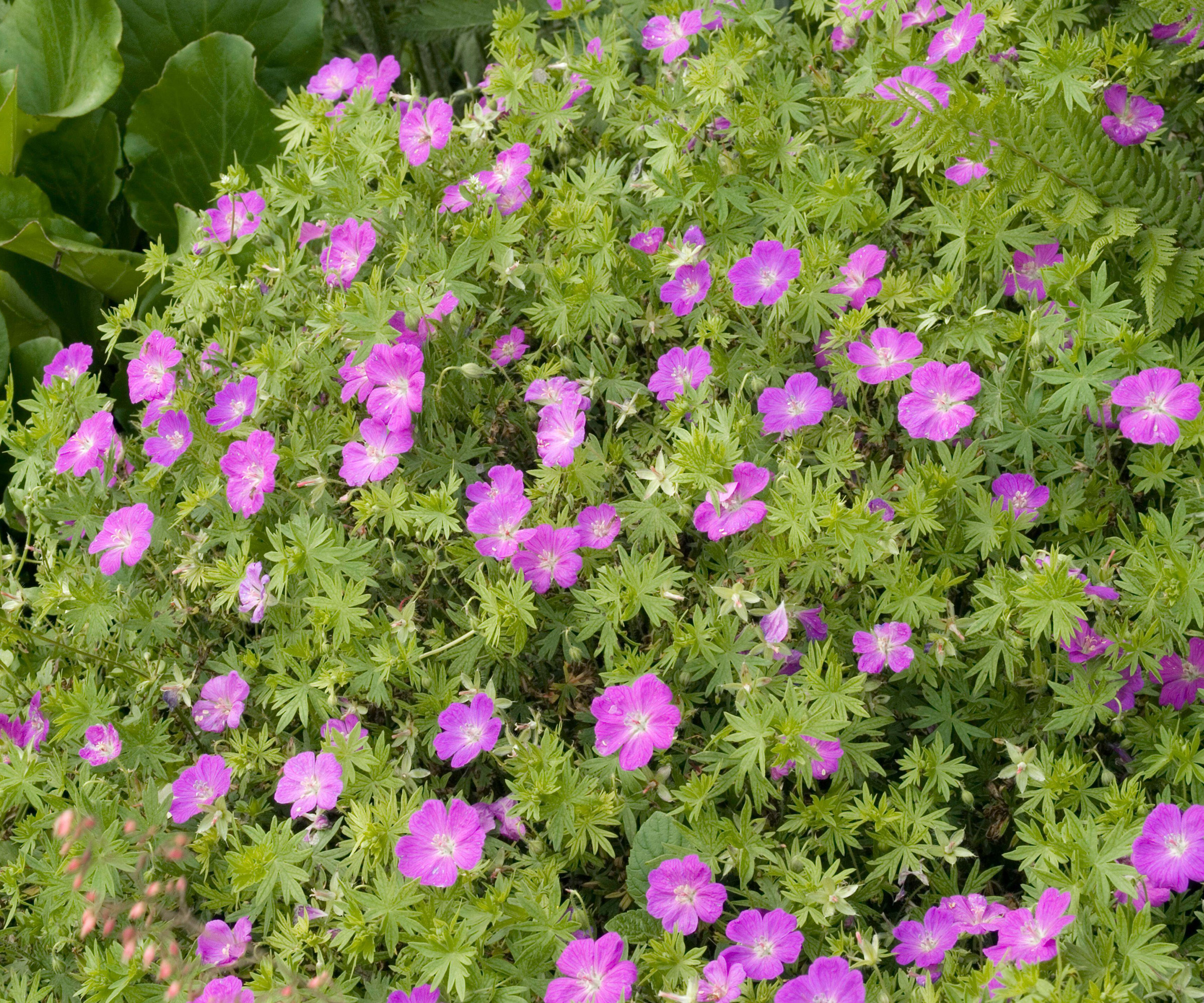
Hardy geraniums are fast-growing, reliable, and easy perennials for any backyard. Also known as ‘cranesbill geranium’, hardy geranium varieties come in shades of purple, blue, pink, and white and they are hardy in US hardiness zones 4-9.
As deadheading is tricky and laborious with hardy geraniums, the easiest way to keep geraniums blooming is to cut back all growth and they will rapidly bounce back. Cutting back geraniums to close to the ground in August will encourage fresh growth to appear quickly and new blooms should follow in fall.
6. Salvia
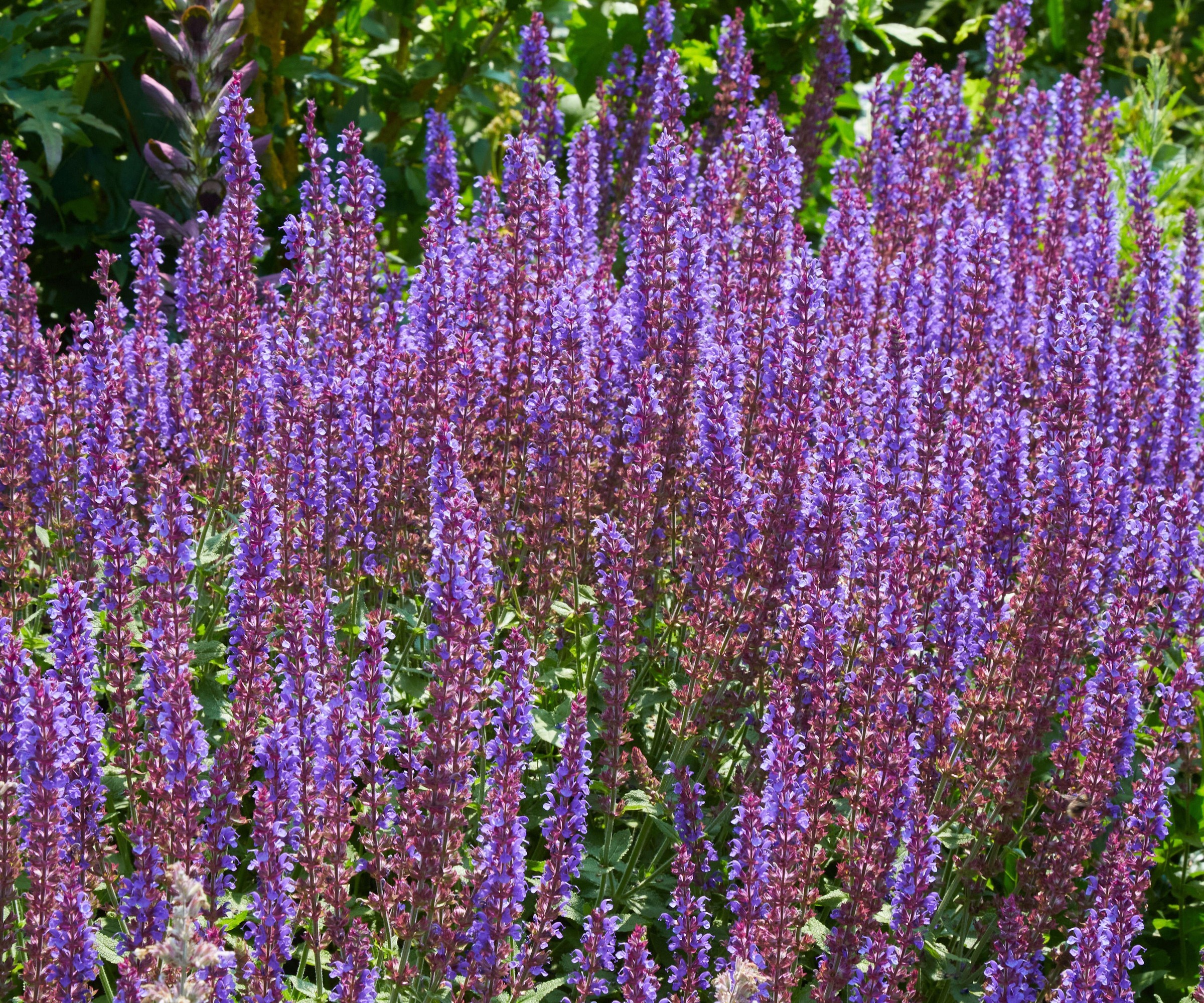
Salvias are long-flowering perennials, often capable of blooming from early summer into late fall, depending on your location. Versatile and ideal for wildlife gardens, thanks to their nectar-rich and highly-perfumed flowers, there is a salvia for any garden among its 900 different species.
The flowers can start to fade come mid-summer and plants may start getting leggy, even if you have been diligently deadheading salvia. So the solution is to prune your salvia, but lightly. The benefit of a light trim is to remove spent flowers and encourage a second flush of blooms.
Shop tools for cutting back
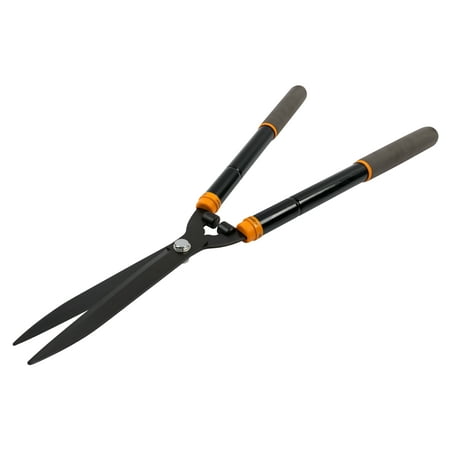
A pair of versatile shears with fully hardened, precision-ground steel blades to ensure clean and precise cuts. Also features non-slip grips and shock-absorbing bumpers.
In addition to the six perennials above, the likes of campanula, penstemon, yarrow, and euphorbia can be potentially encouraged to put out late blooms and extend the season.
Though there is no guarantee of success, and it will depend on your climate, cutting back can tidy plants and hopefully reward you with a late show.
If you prefer to be cautious, consider cutting back sections of the perennials to experiment. However, remember to deadhead spent blooms on untrimmed sections to keep those blooms coming.
Sign up to the Homes & Gardens newsletter
Design expertise in your inbox – from inspiring decorating ideas and beautiful celebrity homes to practical gardening advice and shopping round-ups.

Drew’s passion for gardening started with growing vegetables and salad in raised beds in a small urban terrace garden. He has worked as a professional gardener in historic gardens and specialises in growing vegetables, fruit, herbs, and cut flowers as a kitchen gardener. That passion for growing extends to being an allotmenteer, garden blogger, and producing how-to gardening guides for websites. Drew was shortlisted for the New Talent of the Year award at the 2023 Garden Media Guild Awards.
-
 There's a rustic cottage hiding on Wayfair – it may seem unorthodox, but this tiny home taps into a growing nomadic trend (and it's under $16K)
There's a rustic cottage hiding on Wayfair – it may seem unorthodox, but this tiny home taps into a growing nomadic trend (and it's under $16K)This 'wonderful' wooden farmhouse perfects a growing trend that's changing how we see our homes – it's tiny, but somehow, it doesn't sacrifice comfort
By Megan Slack
-
 5 freezer cleaning mistakes you must avoid – or risk compromising your food quality and shortening the lifespan of your appliance
5 freezer cleaning mistakes you must avoid – or risk compromising your food quality and shortening the lifespan of your applianceAvoid these blunders for a safer kitchen
By Seraphina Di Mizzurati
